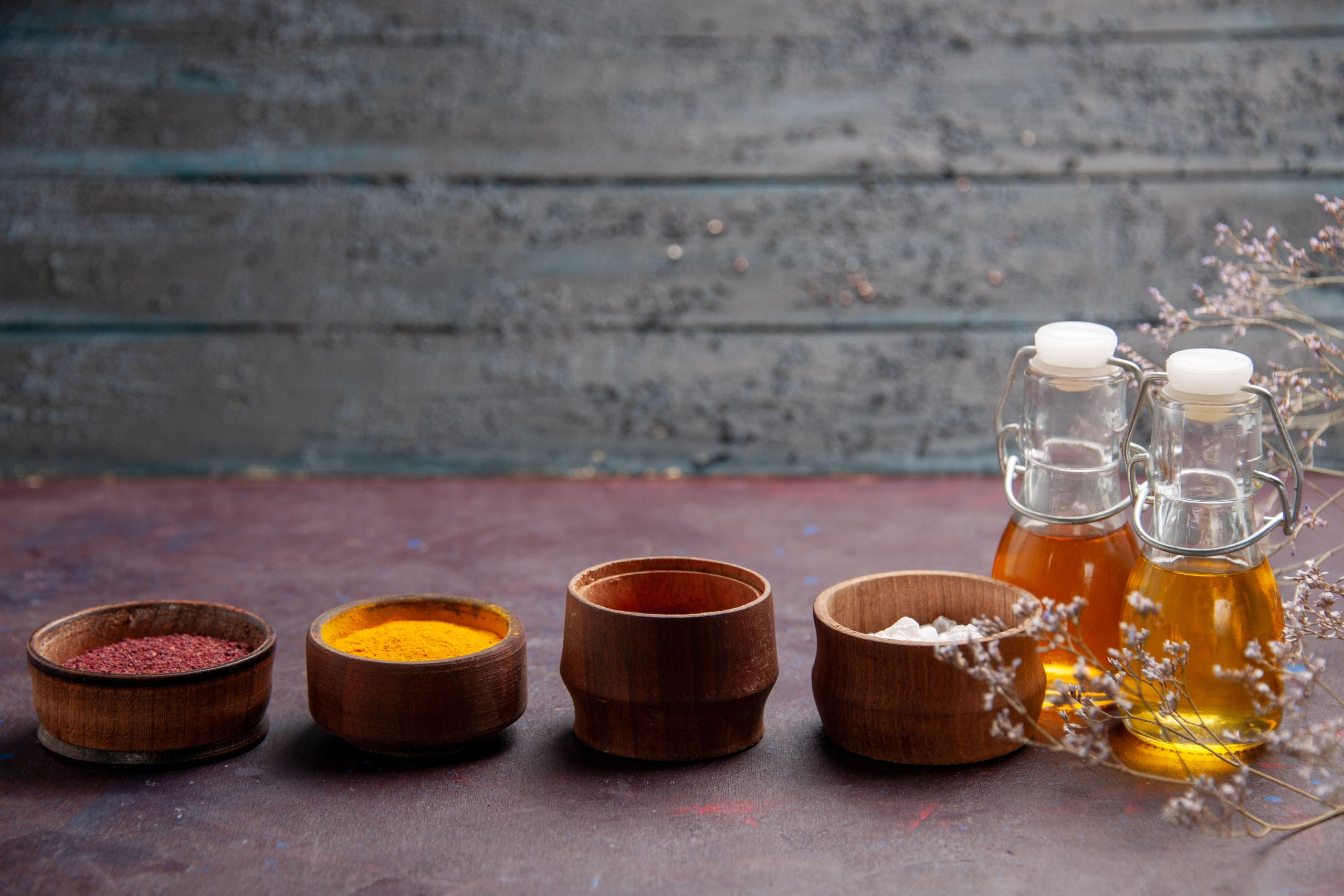Natural Painkillers : Chronic pain is a common issue affecting millions of people worldwide. Whether it stems from arthritis, sports injuries, or muscle tension, managing pain can be challenging. While many turn to conventional painkillers, the drawbacks of long-term pharmaceutical use, including side effects and dependency, have led many to explore natural alternatives. In this article, we will explore five powerful herbs known for their natural pain-relieving properties, providing you with effective options to manage pain without the use of synthetic drugs.
Natural Painkillers
Natural Painkillers are
1. Turmeric
Turmeric, often recognized for its vibrant yellow color, is a spice derived from the Curcuma longa plant. It has been used for centuries in traditional medicine, particularly in Ayurveda and Chinese medicine. The active compound in turmeric, curcumin, is well-known for its potent anti-inflammatory and analgesic properties.
How it helps: Curcumin works by inhibiting certain molecules that play a role in inflammation. This makes turmeric particularly effective for individuals suffering from arthritis, joint pain, and general inflammation in the body.
How to use: You can incorporate turmeric into your diet by adding it to curries, smoothies, soups, or teas. For pain relief, consider using a turmeric supplement that contains black pepper extract, which enhances the absorption of curcumin. Aim for a daily dose of 500-2,000 mg of curcumin, depending on your needs and doctor’s recommendation.
2. Ginger
Ginger (Natural Painkillers) is another well-known herb with impressive pain-relieving properties. The root of the Zingiber officinale plant has been used for centuries to treat a variety of ailments, including pain and inflammation. Ginger contains gingerol, a bioactive compound that offers significant anti-inflammatory effects.
How it helps: Studies have shown that ginger can help alleviate muscle pain following exercise, reduce menstrual discomfort, and provide relief from osteoarthritis symptoms. Its warming properties can also aid in improving circulation and reducing soreness.
How to use: You can consume ginger in various forms—fresh, dried, powdered, or as tea. A simple way to enjoy ginger is by steeping fresh ginger slices in hot water to make ginger tea. For muscle soreness, ginger supplements are available and can be taken according to the recommended dosage.
3. Capsaicin
Capsaicin is the active compound found in chili peppers, and it is renowned for its pain-relieving abilities, particularly when applied topically. It works by depleting substance P, a neuropeptide involved in sending pain signals to the brain.
How it helps: Capsaicin is effective for nerve pain, arthritis, and muscle pain. When used in topical creams or ointments, capsaicin can provide targeted pain relief by numbing the area and reducing sensitivity to pain.
How to use: Look for creams or patches that contain capsaicin and apply them directly to the affected area. It’s essential to follow the instructions on the product label and wash your hands thoroughly after application to avoid irritating sensitive areas, such as the eyes.
4. Arnica
Arnica montana (Natural Painkillers) is a flowering plant that has been traditionally used for its anti-inflammatory and pain-relieving properties. It is particularly popular for treating bruises, sprains, and muscle pain.
How it helps: The active compounds in arnica, such as helenalin, provide anti-inflammatory benefits that can help alleviate pain, reduce swelling, and promote healing in damaged tissues.
How to use: Arnica is available in various forms, including topical creams, gels, and homeopathic remedies. Apply arnica gel or cream to the affected area two to three times daily, ensuring the skin is intact and free from open wounds.
Also Read : Vitamin B12 Morning Diet: Key Foods to Start Your Day Right
5. Devil’s Claw
Devil’s Claw (Harpagophytum procumbens) is a plant native to southern Africa that has gained recognition for its anti-inflammatory and analgesic properties. Traditionally, indigenous communities have used devil’s claw to relieve pain from various ailments, including arthritis and back pain.
How it helps: Studies suggest that devil’s claw can reduce pain and improve mobility in individuals suffering from osteoarthritis and lower back pain. The active compound, harpagoside, contributes to its anti-inflammatory effects.
How to use: Devil’s claw can be taken as a supplement in capsule or tablet form, or as a tea. Follow the manufacturer’s instructions for dosage, usually ranging from 600-1,200 mg daily, based on individual needs.
Conclusion
Natural pain management is an appealing option for those seeking to avoid the side effects of traditional medications. Incorporating these five powerful used as Natural Painkillers—turmeric, ginger, capsaicin, arnica, and devil’s claw—into your wellness routine can provide effective relief from various types of pain.
However, it’s essential to consult with a healthcare professional before starting any new treatment, especially if you have existing health conditions or are taking medications.
5 simple FAQs related to natural painkillers and herbs:
What are natural painkillers?
Natural painkillers are plant-based remedies, such as herbs and spices, that can help alleviate pain and inflammation without the use of synthetic medications.
Can I use herbs for pain relief?
Yes, many herbs like turmeric, ginger, and arnica are known for their pain-relieving properties and can be used to help reduce discomfort naturally.
Are natural painkillers safe?
Generally, natural painkillers are safe when used appropriately. However, it’s essential to consult with a healthcare professional, especially if you have existing health conditions or are taking other medications.
How long does it take for natural painkillers to work?
The time it takes for natural painkillers to provide relief can vary depending on the herb and individual. Some may experience relief within a few hours, while others might require consistent use over days or weeks.
Can I combine natural painkillers with prescription medications?
It’s important to consult your doctor before combining natural painkillers with prescription medications to avoid potential interactions and ensure safe use.

